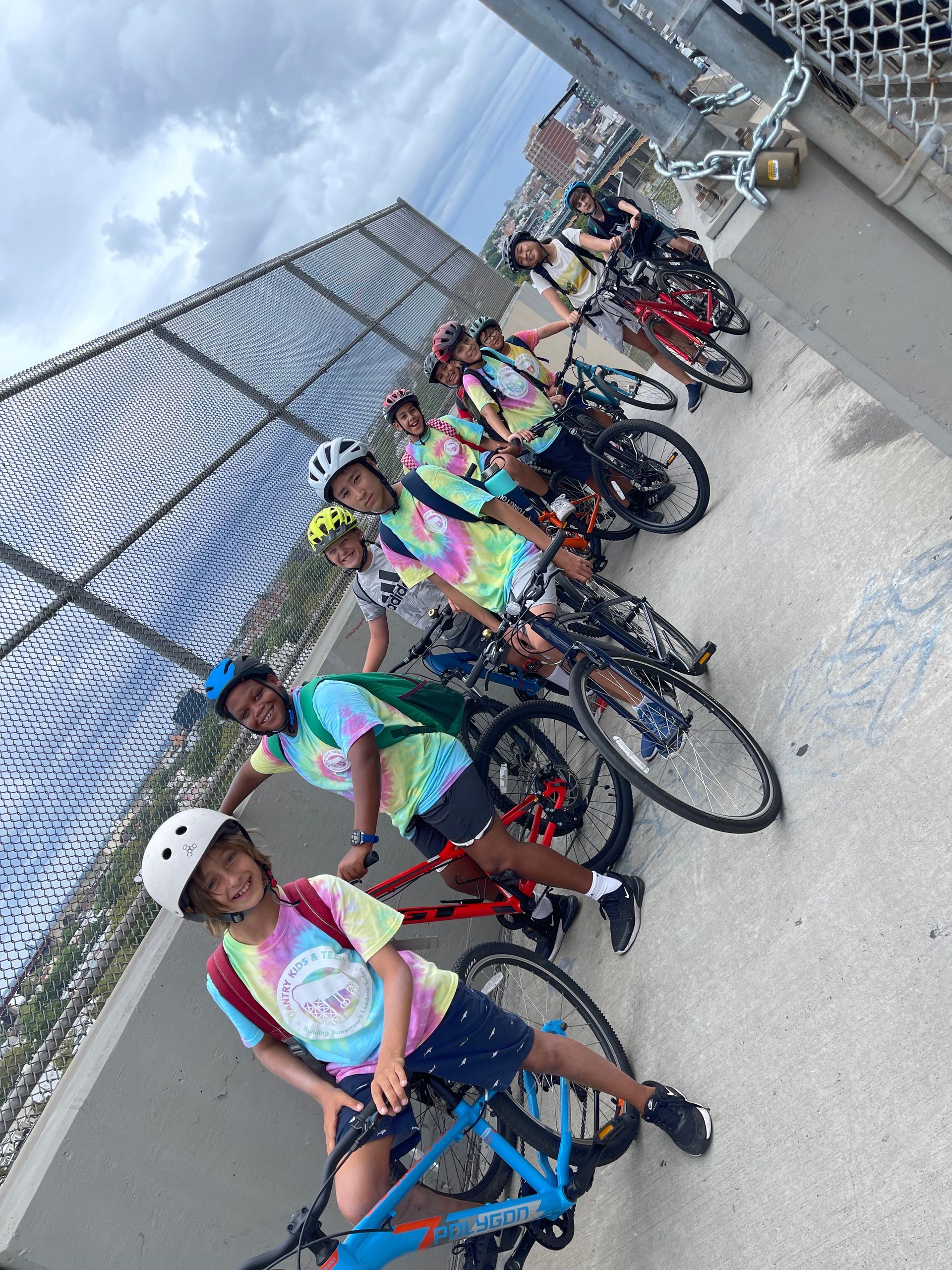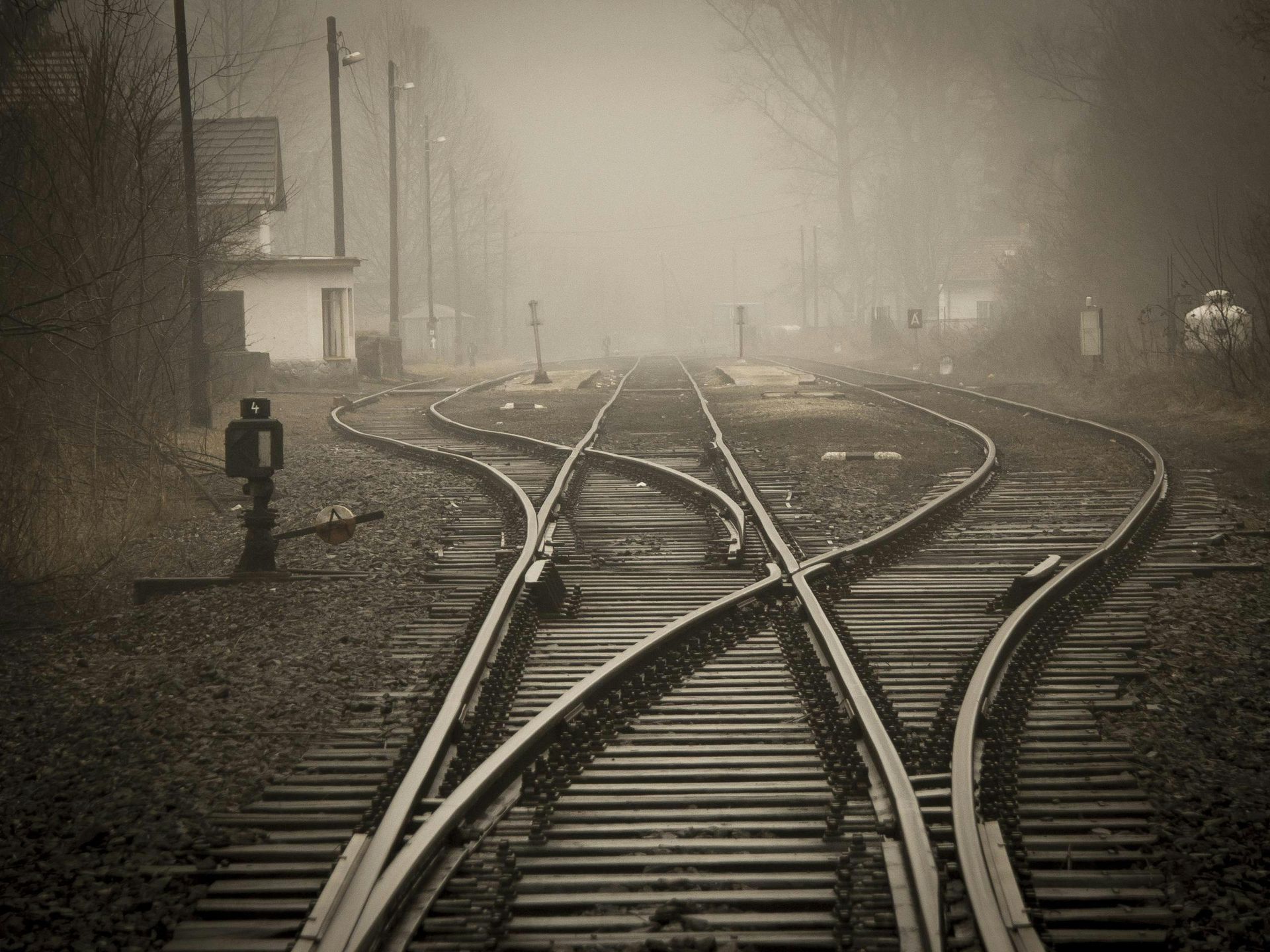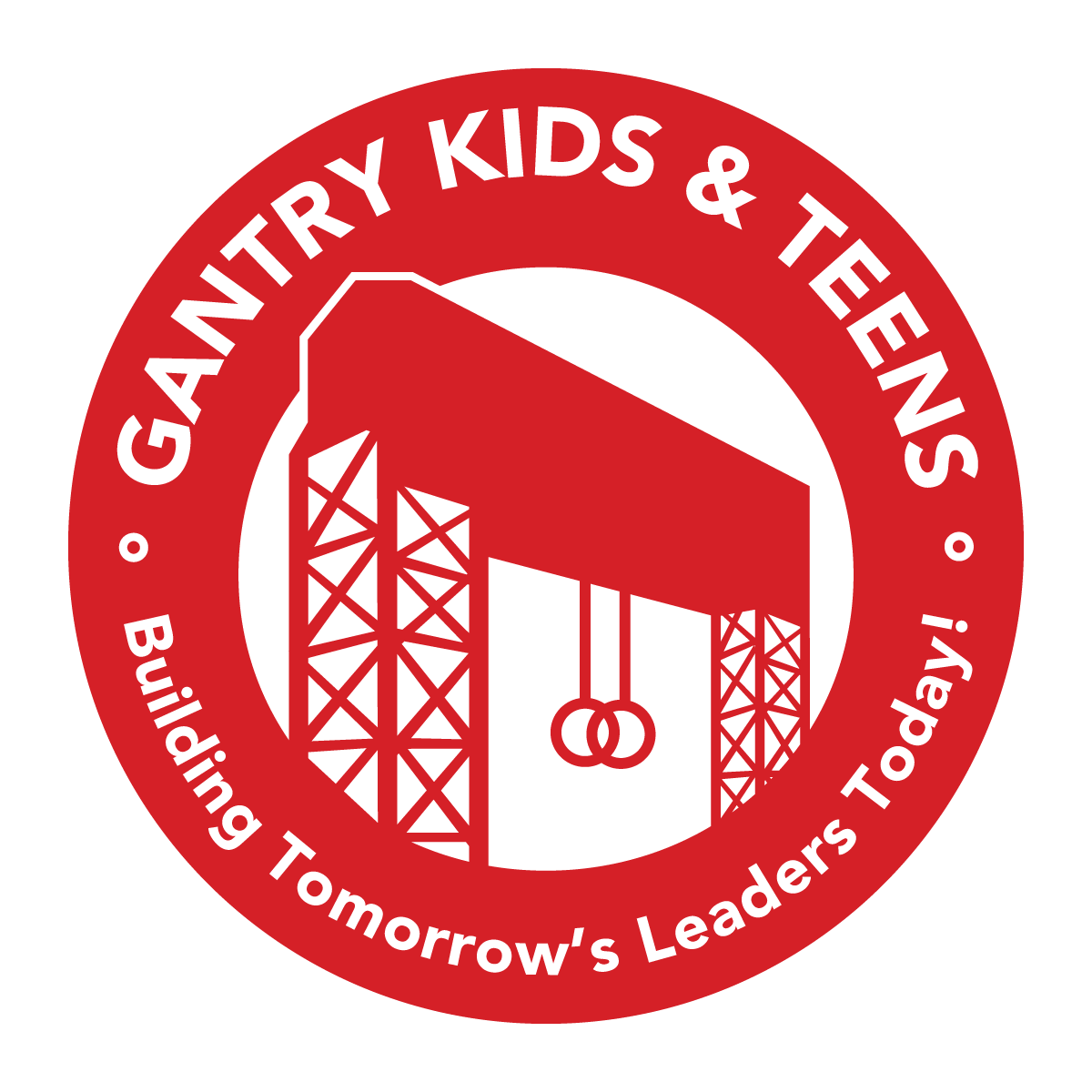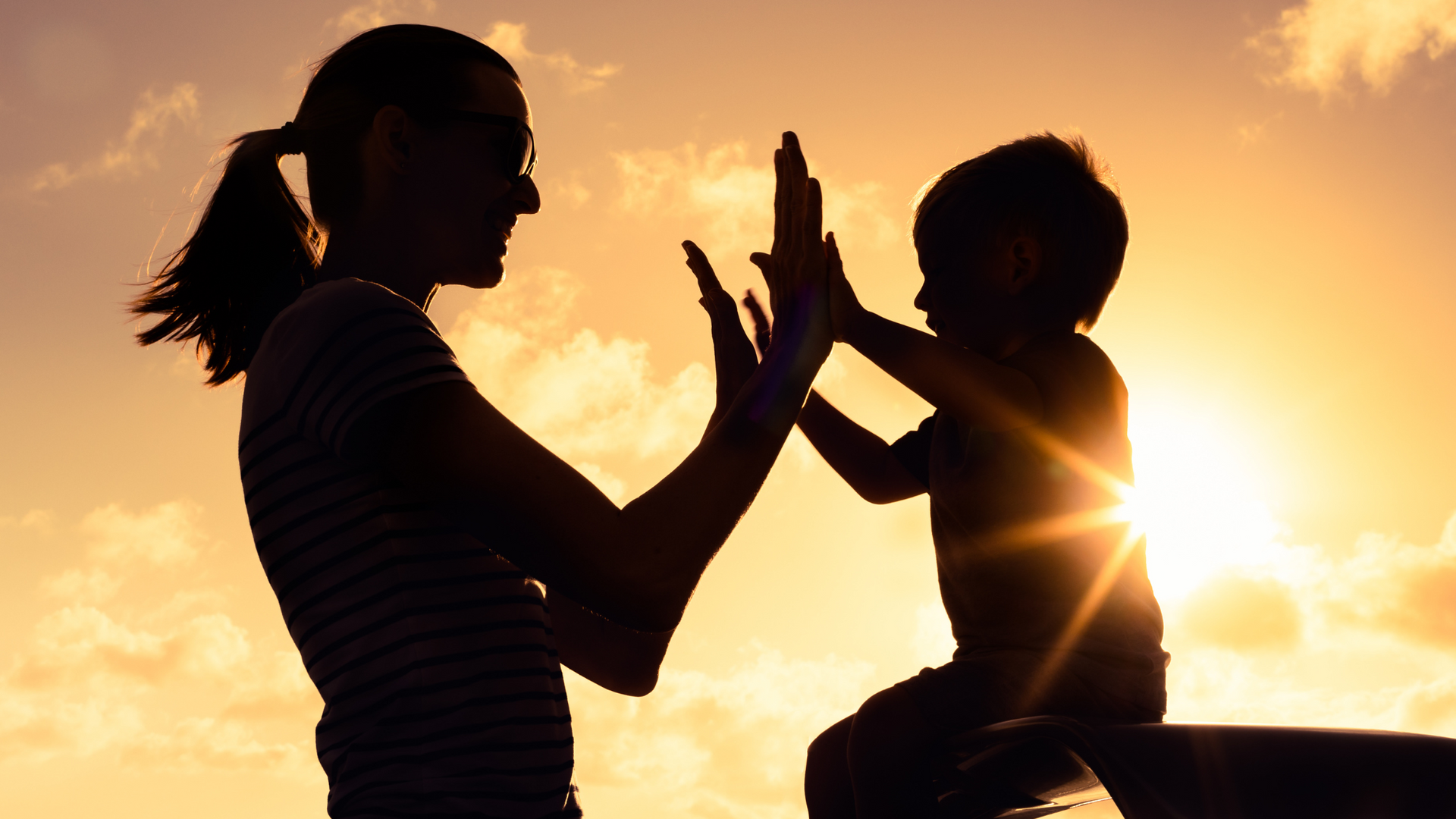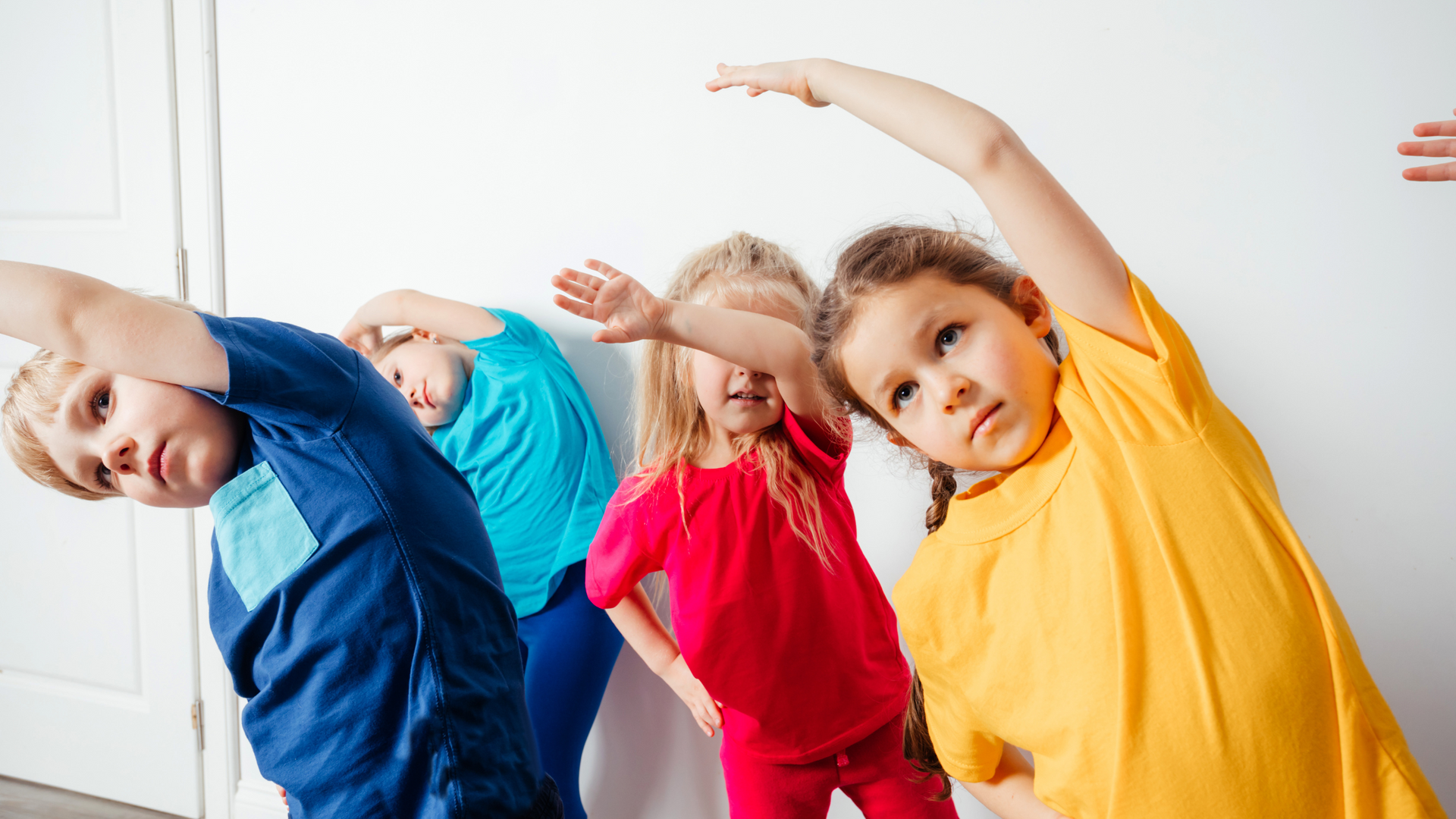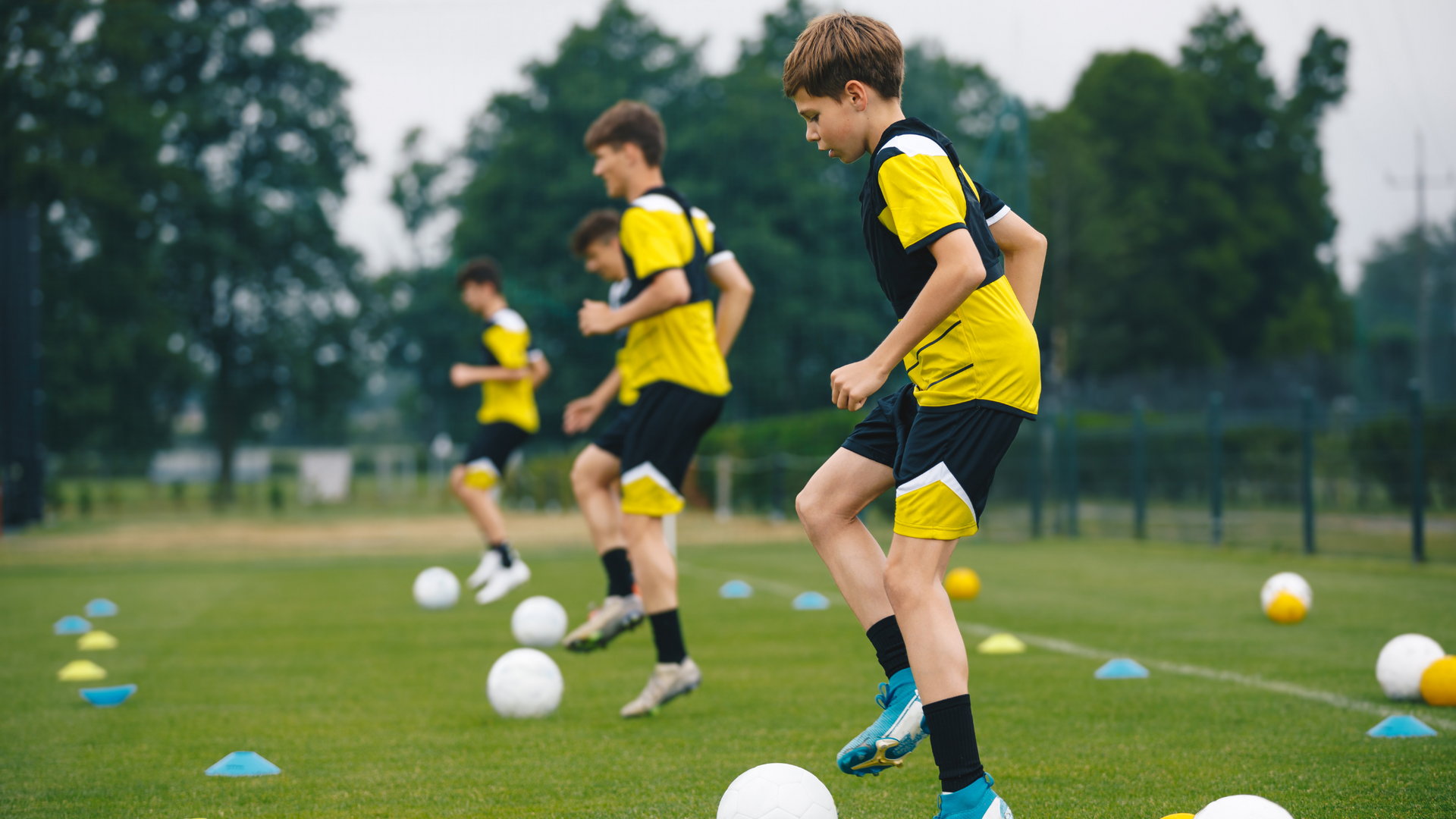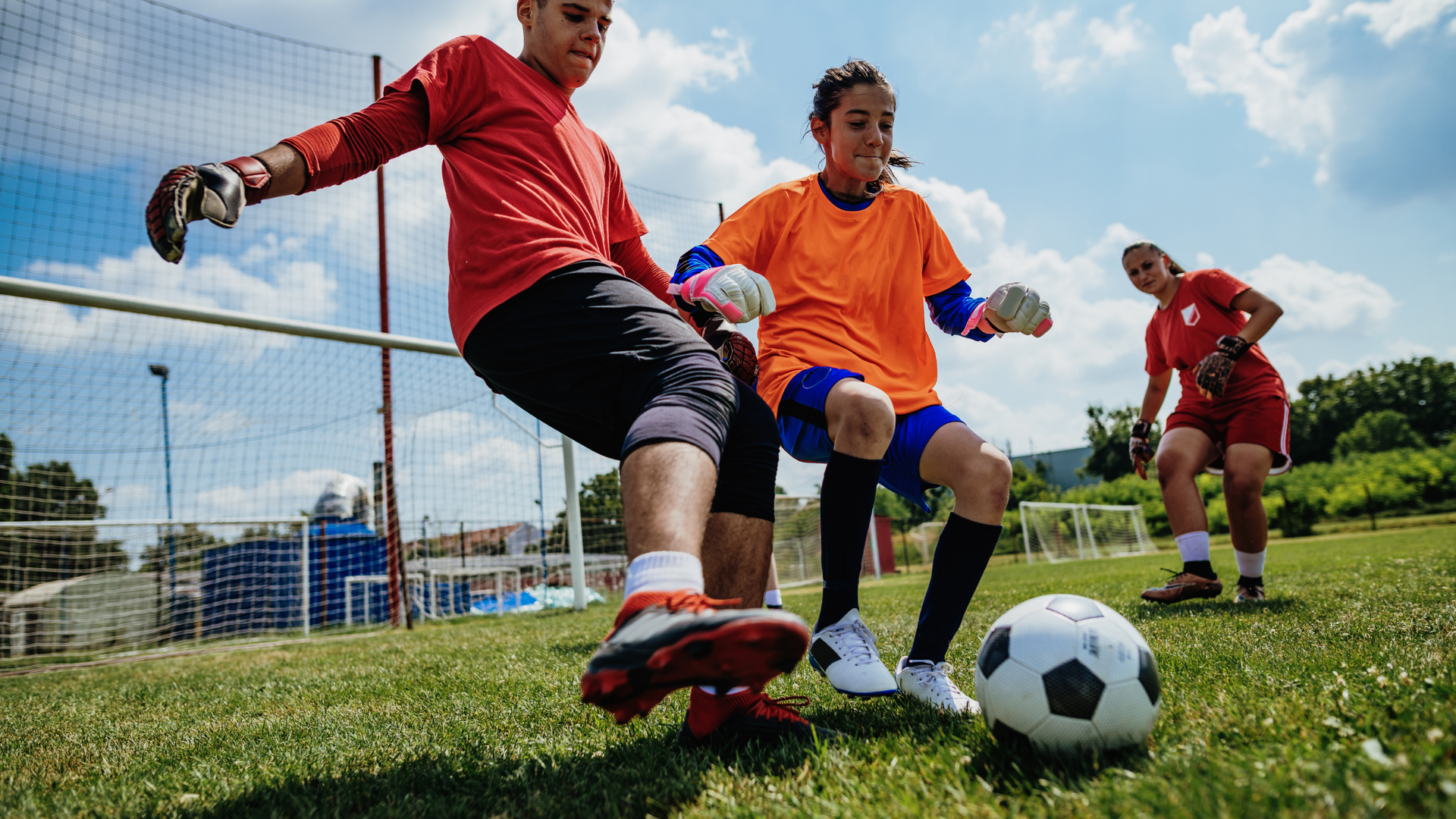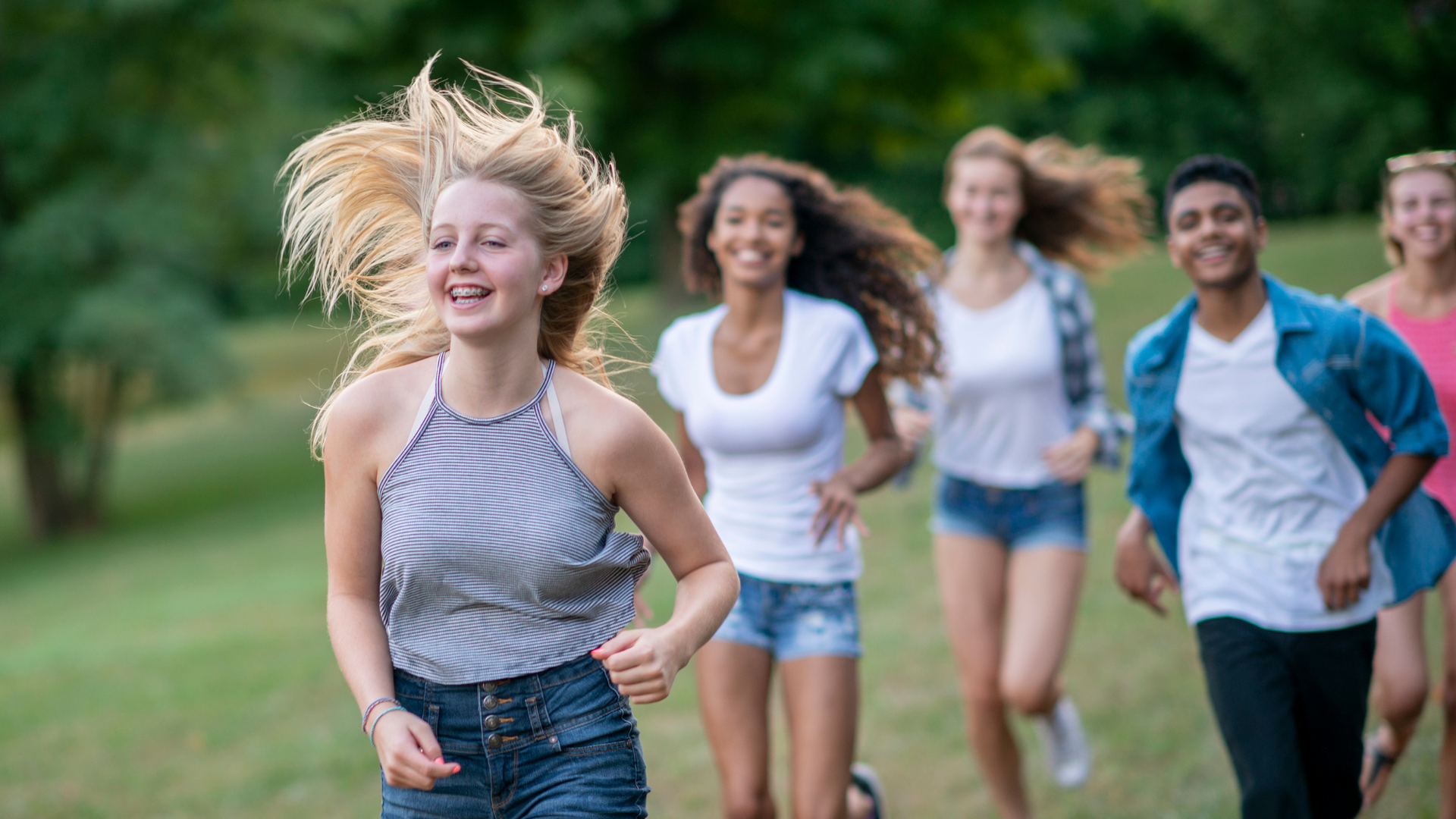Kids Navigating Public Transportation - How to prepare yourself & your child
I know you can do it!
That's what our kids hear when we encourage them to do hard things. On the flip side, when we do for them all the time, they can hear, "You can't do it" or "We don't trust you". It cuts their confidence and instills in them that we don't believe in them. I know it might seem far-fetched, and on days when the whining about needed help bores into our brains, it's challenging for us as parents and caretakers to toe the line.
So much of parenting, and life in general, is consistency. It's not that we can plan or know what to do all the time in every situation; it's that we are consistent in our actions with our children. This creates stability, expectations, and can even make our lives easier. The stronger a child's will, the more challenging transitioning from pacifying a problem to being consistent can be, but stay the course. Life is a series of opportunities to practice what we are committed to. This is the long game. With continued practice, everyone gets the chance to create new helpful habits, adults and kids.
How to foster independence
Before we start sending our kids hopping on subway trains or the bus, we need to set a standard by practicing in all of life's opportunities. Oftentimes, kids are expected to magically be independent and have the skill set to assert that independence. These skills include confidence, awareness, communication skills, critical thinking, and focus. If we are always with them, managing getting to and from places, crossing busy streets, and navigating communication with strangers they learn to rely on us, rather than forge their own way. This includes developing an inner compass to guide them through different situations.
So, where do we start? With everything, especially a seemingly daunting task, we start small. I discuss a lot of this in my book, How Not to Ruin Your Kids, A Practical Guide to Raising Happy, Independent, Equipped Children. Two chapters in particular are a great resource: Chapter 6, Responsibility and Chapter 7, Independence. Chapter 6 talks about chores and getting kids involved in tasks at home. Starting by doing things at home gives kids an opportunity to see how they are a valued member of the family and that who they are and what they do is important in the world. This is done in a safe space, where mistakes can be made, and new talents mastered. Learning new things provides a jumping off point for kids to feel accomplished, successful, and unstoppable. Remember, kids aren't like us; every success they have spills over into other areas of their lives. They aren't just awesome at that one thing, they are awesome at EVERYTHING! Sadly, as adults, we learn to compartmentalize our success to just that one area, or worse, dismiss our achievements altogether, never truly experiencing long-term pride or confidence.
Chapter 7, Independence, goes into greater detail on how to take those newfound skills and confidence and apply them to the real world. In developing independence, outside of the home, we still want to start small. So now, when you are together, have your child start asserting their independence. Have them order their ice cream cone, ask for permission to pet a stranger's dog, pay for the little items you are picking up on the way home at the grocery store, or send them next door to borrow a cup of sugar (whether needed or not!). As your child gets older and more confident, elongate the apron strings even more, task them with going into the grocery store to pick up the missing ingredient while you wait outside or are searching for something else, let them walk the last few blocks to school solo or with friends, let them play outside with friends in an agreed upon area without parents watching over them. Check out my
book for more suggestions. Remember, garnering this independence may actually be harder for you, rather than your child. In a lot of cases, they are ready, we aren't.
Small group independence
Kids are more capable than we think they are at most things. They may not be perfect, and it may be scary for us, but they have the capacity to do things and do them well.
At the gym, we bike and scoot all summer during our camps and can be seen out and about with the kids throughout the year at after-school and school-year camps. We don't just saddle up and head out. Every day, we go over the rules and expectations ad nauseam. At this point, it's interactive. I ask questions about riding formations and stopping frequency. I task the kids with "Why do we do roll call?" It's important that they understand the why behind our methods so they are bought in and vested in our safety procedures. We speak in positives and abstain from telling kids not to do this or that, this gives them a focus and task of what to do.
Over the years, we have allowed two older kids at a time to run local errands nearby (with their parents' permission). The errands aren't essential, it's just an opportunity for them to practice their independence. Before we send them out, we go over the rules and expectations. Cross with the light, look both ways anyway, stay together, be kind and considerate to others, listen to your gut, don't be afraid to ask for help, always stay together. It's difficult to plan for every scenario, and it can also be fear-inducing. We do, however, have a plan! Below are some examples of how we prepare kids in the moment. We go over these conversations every time, so it becomes second nature to them.
Running an errand:
- Stay together
- Do not go anywhere with anyone, regardless of who they are (friend, police officer, store owner etc)
- You can talk to strangers, just stay on task. If you get a weird vibe, end the conversation. You don't have to be polite to someone who is making you feel uneasy. Ask for help if needed: store owners, a mom, stores we have relationships with, a police officer, or other first responders.
- I expect you back in X amount of time
- No extra stops
- If you get hurt, have someone else come get me at the gym if possible. You and your partner should stay together
On group trips, if you get separated from the group:
- Stay where you are, we are coming back for you. Stay where you are, because I will retrace my steps, and if you move, I can't find you. It may take a few minutes, but I will be back
- If someone offers to help you, say, "My person is coming. This is our plan. You can wait with me."
- On the subway, if they remain on the train, we tell them to get off at the next stop and then apply points one and two
Introducing the hard conversations and what to dos to apply to a group situation eliminates the stress of being alone. It's a middle step to complete independence for children. It provides a safe space with a helping hand, creating a collective community that is already established and ready for your child's independent navigation. It empowers them to recognize that their community is, in fact friend and not foe.
Solo time
Take a deep breath. You have been working for years, parenting your child. They are ready, and so are you! You've spent time fostering their sense of responsibility and independence since they were toddlers, but now what? They are 11 and you just wave to them at the subway stop as they enter the bowels of NYC? No, you need to have the hard conversations.
The hard conversations include the chats for small group independence above and convos about safety in general. When you were tasking your child with chores, you didn't hand them a knife to chop veggies without going over knife skills and safety. If this doesn't resonate, let them use a knife, please. For now, consider when they started using scissors. You most probably spoke to them about how to use them, not to run carrying them, and how to pass them to someone. Well, it's the same way for getting out on public transportation or walking solo.
I know a lot of families are utilizing phones and tracking devices for safety and to manage independence. Remember, statistically, there is .01% chance that your child will be kidnapped by a stranger. (Check out Chapter 4, Where We are as a Society in my book to learn more about how fear and society dictate our parenting choices.) Despite the reality of this statistic, ever since the 80s, and with the multimillion-dollar true crime entertainment genre, this is one of our biggest fears. Do what you need to do, but do not allow technology to manage your fears and prevent you from having family plans, expectations, and conversations with your children. It's also very important for children to build trusting relationships with other adults and learn to get help and support from adults outside of their family. In leaning on others, kids actually get to exercise their own problem-solving skills and be brave. Knowing that you have the skill set to manage challenges puts anxiety at bay.
It's not necessary to have your child text when they get to school or multiple times during a short excursion. The school will call you if your child doesn't arrive, and building a collective community keeps your child safe. So keep encouraging them to chat and get to know people in the community, including store owners, crossing guards, parents, and the like.
I've broken down solo excursions into three different phases. These should start well before kids need to ride the subway solo, and can be incrementally introduced into their lives. Use your judgment about what your child is ready for, but remember, your fear should be acknowledged, and not make decisions for you!
Phase one:
- Send kids to the store solo to buy a few items
- Walk solo to and from school
- Bike and meet up with friends in the neighborhood
Phase two:
- Take dry runs with your child to and from their new school on public transportation
- Go over the subway map at home and teach them the names of their stops and how many stops they are from each other. For example: "Our stop is Vernon/Jackson on the 7 train, which is one stop from Grand Central". Referencing locations based on getting on and off the train as well as major stations and transfer points. Be clear that on the bus they need to press the button for the driver to stop!
- Sit apart from them on the subway or bus during another dry run. I'd do a dry run a few times to have your kids feel confident and deal with any transportation snafus that may happen. Always debrief to discuss what worked and what didn't work, or any challenges faced
Phase three:
- Meet your child at their new school, allowing them to take the subway or bus solo
- Let them travel solo to different events or meet-ups where their friends are going
- Send them to sport practices and games independently. You can meet later to cheer them on
- Let other parents know that your child has the ability and permission to travel solo
- Send them on longer errands, allow them to walk dogs, or babysit in the neighborhood
These are all suggestions and guidelines. Incorporating this type of independence will make such a difference for you and your child. Your job as a parent is to provide your child with the skills and acumen to navigate life confidently. This can't happen without letting go a little bit and managing your own hesitations and fears privately. You don't have to go it alone either. Other parents are going through the same thing, and y'all could support one another. You can also join the Parenting Partnership group I run or do some one-on-one coaching for you and your child!
It takes a village!


